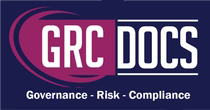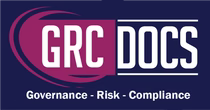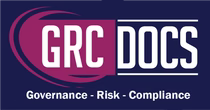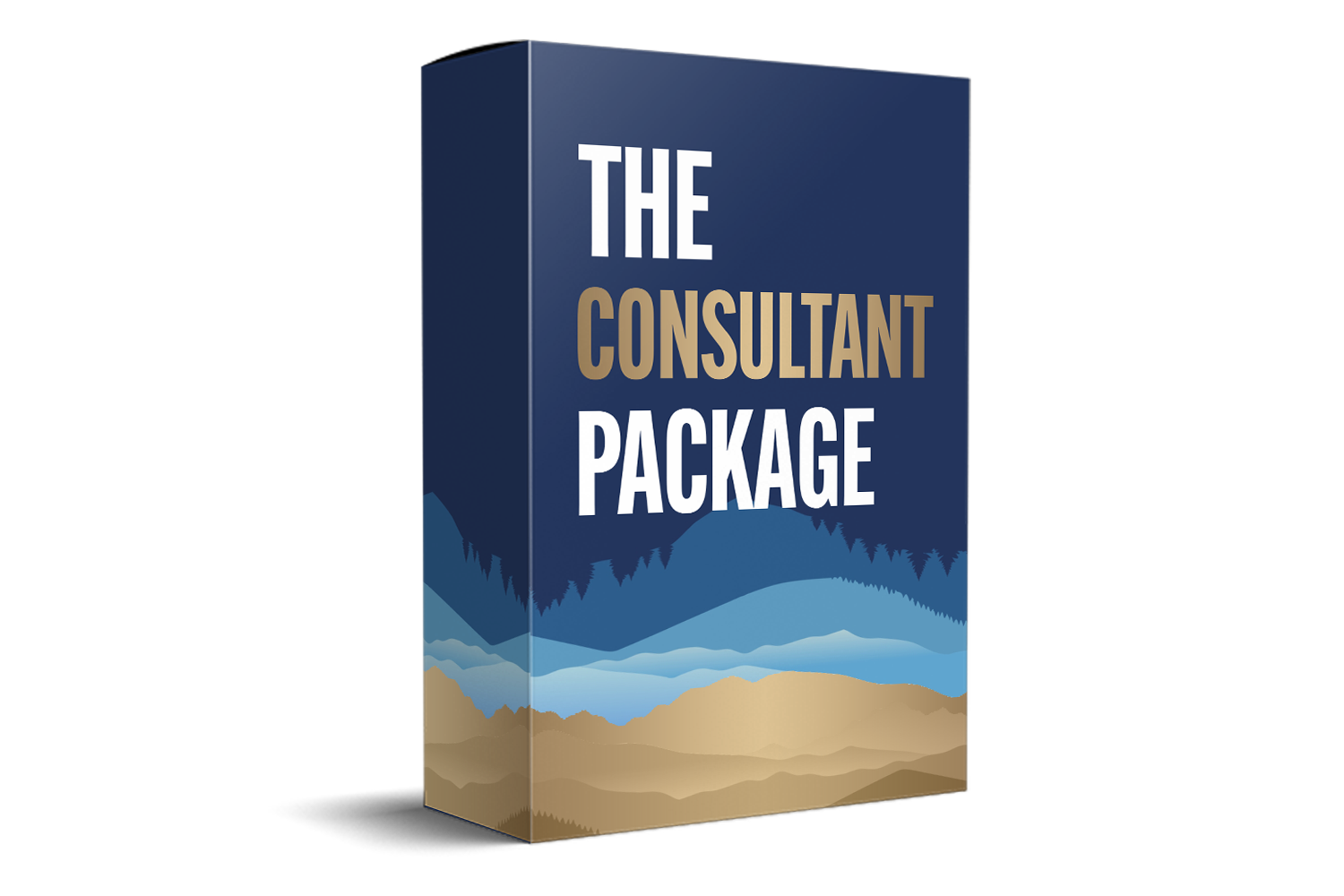SOC 2 Control Evidence Automation Streamline Compliance And Audit Readiness
Introduction
SOC 2, or System and Organization Controls 2, is a framework developed by the American Institute of CPAs (AICPA). It's designed to help organizations manage customer data based on five trust service principles: security, availability, processing integrity, confidentiality, and privacy. These principles serve as the backbone for creating a secure environment that prioritizes data protection.

The Challenge Of SOC 2 Reporting
The journey to achieving SOC 2 compliance involves rigorous audits and the need to provide evidence of control effectiveness. This can be a complex task, requiring meticulous documentation and reporting. Companies often face challenges such as:
-
Time-Consuming Processes: Manually gathering and compiling evidence for SOC 2 audits can consume significant time and resources. The traditional methods of documentation require extensive effort in sorting, categorizing, and storing data, which can slow down the compliance process. This time-intensive nature of manual processes often diverts resources away from other critical business functions.
-
Risk of Human Error: Human error is an inherent risk in manual processes, increasing the likelihood of mistakes that can jeopardize compliance efforts. Errors in data entry, misplacement of documents, or incorrect reporting can lead to audit failures and potential fines. Ensuring accuracy manually is both challenging and unreliable, necessitating a more robust solution.
- Resource Constraints: Smaller companies may struggle with limited resources to dedicate to compliance tasks. The cost of hiring additional staff or allocating existing personnel to manage compliance can strain budgets. This resource constraint can hinder the ability of smaller businesses to achieve and maintain SOC 2 compliance effectively.
What Is SOC 2 Control Evidence Automation?
SOC 2 control evidence automation refers to the use of technology to streamline and automate the collection, management, and reporting of data required for SOC 2 compliance. By integrating automated systems, businesses can efficiently gather evidence, ensure accuracy, and reduce the burden on their teams.
-
Increased Efficiency: Automation dramatically reduces the time spent on gathering and organizing evidence. This allows teams to focus on other critical tasks. The speed and efficiency of automated systems enable businesses to prepare for audits more quickly and with greater confidence, reducing the stress and pressure associated with compliance deadlines.
-
Improved Accuracy: Automated systems minimize the risk of human error, ensuring that the evidence collected is accurate and reliable. The precision of automated data collection tools eliminates discrepancies and errors, leading to more consistent and trustworthy compliance reports. This reliability is crucial for passing audits and maintaining compliance status.
-
Cost Savings: By reducing the time and resources needed for compliance tasks, automation can lead to significant cost savings. Automated solutions cut down on the need for additional staffing and reduce overtime expenses, making compliance more affordable for businesses of all sizes. These savings can then be reinvested in other areas of the business for growth and development.
-
Scalability: Automated solutions can easily scale with your business, accommodating growth and increasing data complexity. As businesses expand, their compliance needs become more complex, requiring more advanced systems to manage the increased volume of data. Automation offers the flexibility to grow alongside the business, ensuring continued compliance without additional strain.
- Real-Time Monitoring: Automation provides real-time insights into compliance status, allowing for proactive adjustments and quick responses to potential issues. With real-time monitoring, businesses can identify and address compliance gaps before they become problematic, maintaining a continuous state of readiness for audits.
How To Implement SOC 2 Control Evidence Automation
Implementing SOC 2 automation involves several steps:
1. Step 1: Assess Your Current Compliance Process: Begin by evaluating your existing compliance processes. Identify areas where automation can have the most significant impact. This may involve mapping out your current workflows and pinpointing bottlenecks or repetitive tasks. Understanding the current state of your compliance operations is essential for determining the best areas to introduce automation.
2. Step 2: Choose the Right Automation Tools: Selecting the right tools is critical for successful automation. Look for solutions that integrate seamlessly with your existing systems and provide comprehensive features for evidence collection, management, and reporting. Consider tools that offer:
-
Real-time monitoring and alerts
-
Integration with other IT and security systems
-
User-friendly interfaces for easy adoption
The right tools should not only meet current needs but also be adaptable to future changes in compliance requirements.
3. Step 3: Train Your Team: Automation tools are only as effective as the people who use them. Ensure that your team is adequately trained to use the new systems. This might involve workshops, training sessions, or even hiring specialists to guide the transition. Proper training ensures that your team can fully leverage the capabilities of automation, maximizing its benefits.
4. Step 4: Monitor and Adjust: Once your automation system is in place, continuous monitoring is essential. Track performance metrics and gather feedback from your team to identify areas for improvement. Be ready to make adjustments as necessary to optimize the automation process. Regular reviews and updates to the system can help maintain its effectiveness and adapt to any changes in compliance standards.
5. Step 5: Evaluate and Iterate: Finally, evaluate the success of your automation implementation and iterate on the process as needed. Continuous evaluation helps identify new opportunities for automation and improvement, ensuring that your compliance efforts remain efficient and effective over time.
Real-World Examples of SOC 2 Automation
Several companies have successfully implemented SOC 2 automation, reaping the benefits of increased efficiency and reliability.
-
Example 1: Tech Startup: A tech startup dealing with sensitive client data faced challenges in maintaining manual SOC 2 compliance processes. By adopting an automation solution, they reduced their evidence gathering time by 50% and improved audit accuracy, resulting in a smoother compliance journey. This not only saved time but also allowed the startup to allocate resources to other areas of growth.
-
Example 2: Financial Services Firm: A financial services firm integrated automation tools to manage their SOC 2 compliance. The real-time monitoring feature allowed them to swiftly detect and address compliance issues, enhancing their data protection measures and boosting client confidence. This proactive approach to compliance also improved their overall operational efficiency.
- Example 3: Healthcare Provider: A healthcare provider implemented automation to handle the complex data requirements of SOC 2 compliance. By streamlining their processes, they were able to improve patient data security and ensure compliance with healthcare regulations, ultimately enhancing patient trust and care delivery.
Conclusion
Incorporating automation into your SOC 2 compliance strategy is not just a trend but a necessity in today's digital landscape. With benefits ranging from increased efficiency and accuracy to cost savings and scalability, SOC 2 control evidence automation can transform the way businesses approach compliance. By taking the right steps and choosing the appropriate tools, companies can streamline their SOC 2 processes, ensuring robust data protection and building trust with clients and stakeholders.






